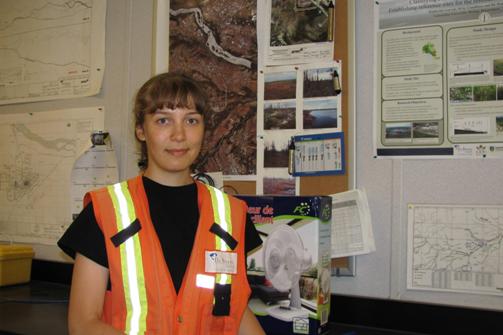The National Post is Canada’s second largest national paper.
Failed colonial policies are the biggest obstacles to First Nation progress, Shawn Atleo told a gathering of native chiefs in Ottawa Tuesday. The Assembly of First Nations chief was referring to moves such as Ottawa’s decision to put the troubled Attawapiskat reserve in northern Ontario under third party management. “We simply can’t lurch from crisis to crisis and we can’t accept externally imposed solutions,” he said, before lauding the chief of Attawapiskat for demonstrating transparency and accountability.
Yet the decision to intervene was simply the government exercising its fiduciary duty. The apparent mismanagement of this band by its chief, council and the co-manager, who is meant to be advising the chief but turns out to be her “life partner,” made the worst of an already bad situation. Chief Theresa Spence spoke to the chiefs in Ottawa Tuesday and urged them to take an aggressive stand with the government. “We’re not going to take it anymore,” she said.
The simple fact is, she has been stripped of authority because money has been pouring into the reserve and yet conditions have deteriorated beyond any acceptable level.


























